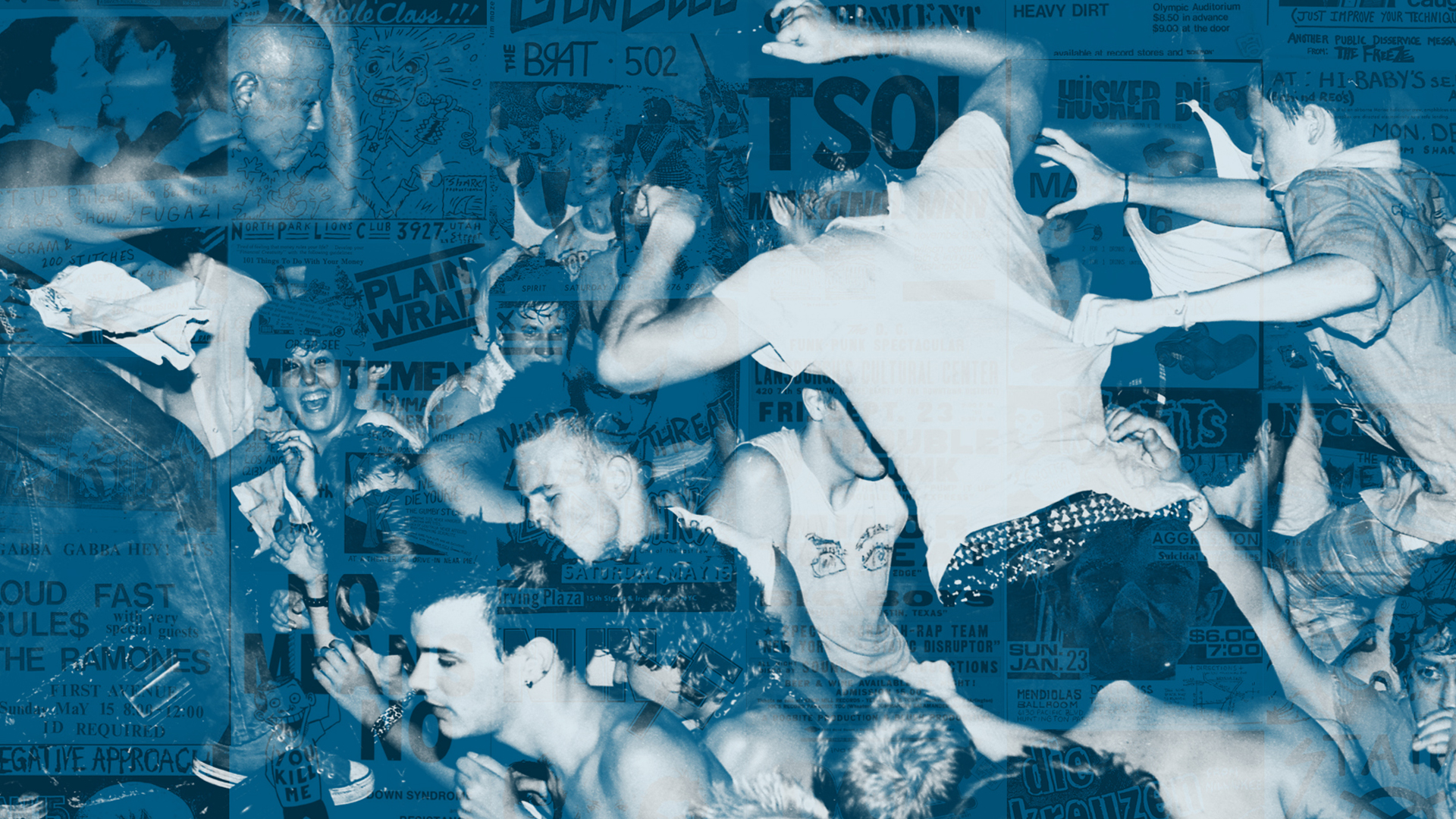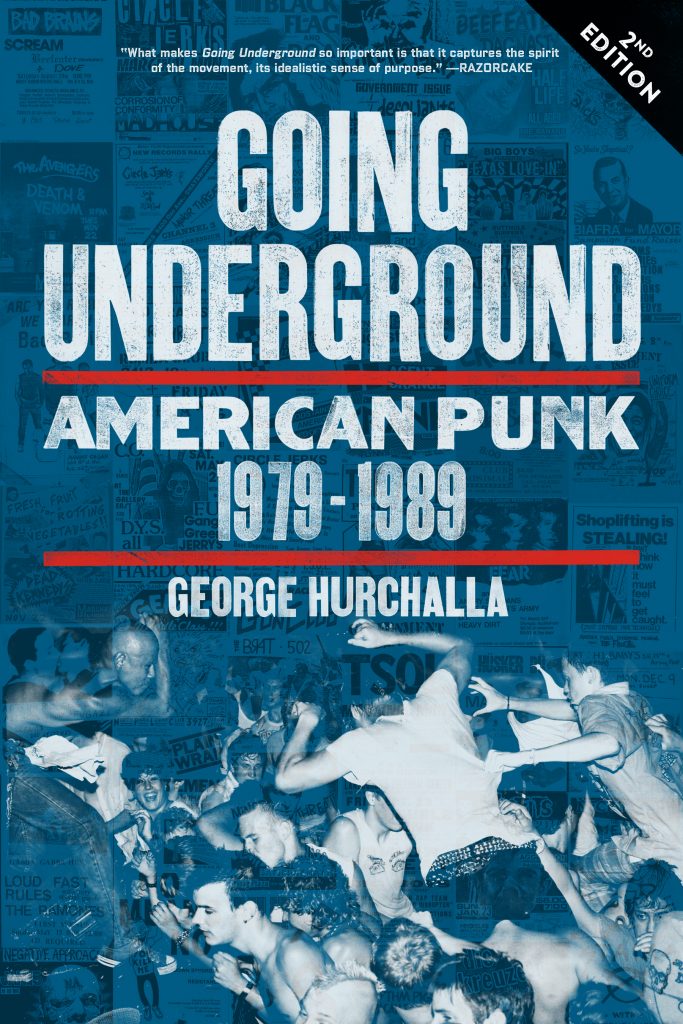Scanner Zine
June 27th, 2016
If the title of this book sounds a bit familiar (with the exception of it being a song by THE JAM), it’s because this is actually the second edition of the book first published back in 2005 (my review HERE). In this edition, David Ensminger took on the role of editor, producing a narrative that is still gripping and first hand, but is now slightly more pointed and concise with some notable changes between the two editions.
If you are unfamiliar with the book, this is part-autobiography of Hurchalla, part historical documentation of American Punk and part reference guide to American Punk scenes of the 80s. It kicks off in 1980 with Hurchalla in his home state of Florida suddenly being exposed to Punk Rock via his brother with his introduction to the SEX PISTOLS. From there, it looks at the early scene in San Francisco and then progresses, just as Punk morphed into American Hardcore, through all the important US scenes of DC, Texas, LA, NYC, Boston, Minneapolis, Chicago and Philadelphia – a city in which Hurchalla lived for a number of years.
Rather than rely on the oral history style of writing that many books of this type do, Hurchalla writes with a full narrative infusing the writing with his own personal experience and opinion. Much of the quoted material is taken from fanzines of the day, giving those quotes a sense of historical placement and first hand documentation rather than any form of eulogizing the past with the added effects of hindsight.
For those who already own the original book, you will notice a few differences. First, the original tome went through to 1992. That doesn’t change a great deal of the actual content, just abbreviates some of the final part of the book without having a negative effect. What is most noticeable to me is the culling of the chapters about Hurchalla’s time in Australia. I appreciate why they were culled, but those chapters in the original were greatly enjoyable and gave an ingenious perspective on what was happening in American Punk when compared with the less-aggressive but equally volatile music going on Down Under at the time. Another chapter that has been cut is the Punks On Film chapter. Again, this hasn’t had any lasting negative effect to the book, but I think the hysteria around the episode of Quincy made valid reading given the era and subject matter.
It’s not all about cuts though; there are several new, riveting chapters, some updates to the original text, additional references and some new pictures that combine to make this not just a reprint of a great book, but a viable and estimable tome in its own right. The photo reproduction in the new volume also seems to be slightly better in terms of tone.
This book is filled out with a fresh preface and, like all good historical and referential books, a full index – something the original book lacked.
As I have said before, anyone who was involved in the 80s Punk scene (in any country) will relate to many of the stories here. The narrative defines the pre-internet era and the hostility and danger of attending shows at the time. Hurchalla also constantly refers to the term Hardcore being too restrictive, too macho. He can clearly see that both X and SSD are Punk bands and the Hardcore tag is alienating and detrimental.
Ultimately, this is a most welcome reprint that is different (not better, nor worse) from the original. It also stands as one of the best books written about its subject. It’s sincere, intelligent and insightful and is not written by some hackneyed music journalist looking back; Hurchalla was there, on the ground living and breathing American Punk Rock and all that came with it. It’s that genuine sensibility that puts Going Underground head and shoulders above most others.







